Struggling brewers push to make nonalcoholic beer more than a fad
Published in Variety Menu
Nonalcoholic beer needs a second act.
The category boomed in recent years as the likes of Anheuser-Busch InBev, Heineken NV and Diageo Plc poured in money. But after those gains made it one of brewing’s few bright spots, it’s still just 2% of the global beer market’s volume, according to IWSR.
And now growth rates are slowing. After a surge late last decade and another jump in 2021, recent increases have settled into the single digits. IWSR now projects annual gains of about 8% through 2029. That would only boost its market share to a little less than 3%.
The push into nonalcoholic beer is a reminder of how much the industry is struggling. Craft beer peaked. The hard seltzer boom fizzled. Younger adults are going out less. Legalized cannabis is replacing six packs. Weight-loss drugs are a threat. Global beer volume has declined the past two years. Meanwhile, stocks of the world’s big brewers haven’t returned to their pre-pandemic levels.
“They have no choice but to get into alcohol free,” said Kenneth Shea, senior analyst at Bloomberg Intelligence. It’s one of the few remaining growth levers for large brewers as they adapt to changing consumer habits, he said.
Brewing has consolidated about as far as it can, with the five biggest companies controlling more than half the global market. Investors are looking for organic growth, and that’s why nonalcoholic beer has become the sector’s latest shiny object. But at this point it’s far from a panacea. IWSR projects that global beer volumes will be flat over the next five years, even with the growth in nonalcoholic brews.
The first phase of nonalcoholic beer’s expansion came from startups that focused on it. Firms such as Athletic Brewing Co. pushed the category toward craft brewing with tastier styles like IPA. They marketed around wellness, moderation and active lifestyles.
Breweries are now trying to broaden nonalcoholic beer’s appeal to win over more habitual beer drinkers. There’s been a shift in marketing. Nonalcoholic beer ads used to lean heavily on responsibility and reducing alcohol consumption. Heineken 0.0 ran a spot featuring Formula 1 superstar Max Verstappen promoting designated driving.
Now brands pitch nonalcoholic beer as a casual, anytime drink. Heineken’s newer “0.0 Reasons Needed” campaign encourages people to drink it whenever they want, with no explanation required. The marketing is part of the brewer’s push to reduce the stigma around nonalcoholic beer. One survey Heineken cited showed that about 40% of Gen Z men would only consider such options if their friends did.
Guinness emphasizes how closely its nonalcoholic version matches the original and brought in NFL legend Joe Montana to promote the brand.
AB InBev, the world’s largest brewer, turned Michelob Ultra into its best-selling beer in the US by pitching it as a lower calorie option for sporty types. It announced a nonalcoholic version — Michelob Ultra Zero — in September. A commercial features young adults taking a break from beach volleyball to crack one open and then running back to play as the voiceover states: “Stay in the game.”
Heineken 0.0, which in 2023 became the first nonalcoholic beer to air a Super Bowl ad, is now one of the five most-seen beer or seltzer brands on US television, according to researcher iSpot. It’s offered in more than 100 countries and grew more than 10% last year.
The spending on US advertising has helped grow nonalcoholic beer more than other markets. IWSR expects US nonalcoholic volume to gain 16% a year over the next decade.
Mark Ruf, a longtime beer drinker, has been won over. The 31-year-old from Columbus, Ohio, now drinks a nonalcoholic beer for every regular one — a practice that’s been dubbed zebra striping — to cut back on his booze consumption when he’s at home or out with friends. He got so into the category that he started a blog and nonalcoholic beer subscription service.
“I still hate to put an end to a good time,” Ruf said. “But I start mixing it in with NA beer, so I’m not regretting it the next day.”
Nonalcoholic beer used to be a category dominated by options such as O’Doul’s, owned by AB InBev, and similar legacy brands. These brews often struggled to win fans because the process of getting rid of the alcohol included heating up the beer, which muted flavors.
Brewers have been investing in new techniques to improve taste. At AB InBev’s research center in Belgium, scientists have spent more than a decade refining nonalcoholic brewing. The company now removes the alcohol using low-temperature methods, then adds back key aromas to preserve more of the original flavor and smell.
“It is really an art, and it is also a science,” said David De Schutter, AB InBev’s vice president of global innovation.
AB InBev has also launched alcohol-free versions of Budweiser, Stella Artois and Corona. In May, Chief Executive Officer Michel Doukeris told investors that its nonalcoholic portfolio was growing more than 30%. Corona Cero was the first ever beer sponsor of the Olympics at last year’s games in Paris.
Diageo has invested more than 60 million euros (about $70 million) in Guinness 0 production since the product launched globally in 2021. In the US, Guinness 0 made up more than half of the Guinness brand’s growth last year, the company said. And there’s been little cannibalization, with just 2% consumer overlap between Guinness 0 and the brand’s traditional beers.
All that focus has led to consumers now expecting nonalcoholic beer to taste good, according to Laura Merritt, president of beer and pre-mix at Diageo North America.
“It’s not like 10 years ago, where you just had to take what you got,” Merritt said of NA beer’s lack of choices. “The standards for great nonalcoholic beverages are the same high standard for great alcoholic beverages.”
But meeting standards doesn’t mean more and more people will convert to beer with the alcohol removed. There are many examples of food and beverages that initially do well by offering moderation and less harm. The question is whether nonalcoholic beer will recede the same as plant-based meat or become a sustainable category like diet soda.
©2025 Bloomberg L.P. Visit bloomberg.com. Distributed by Tribune Content Agency, LLC.
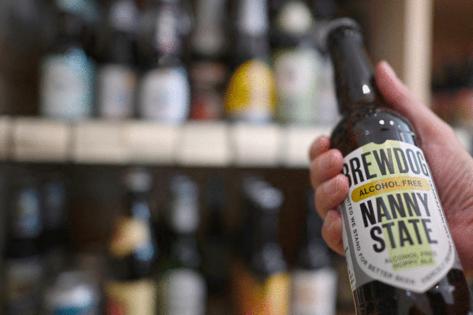
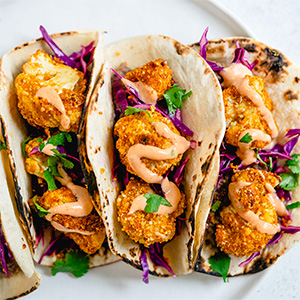
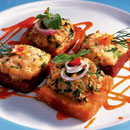

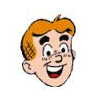
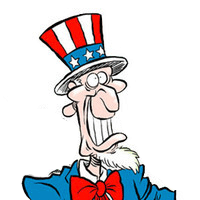
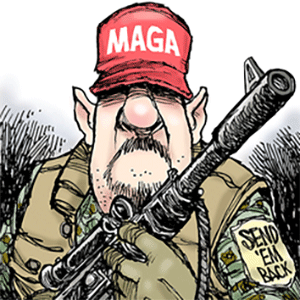
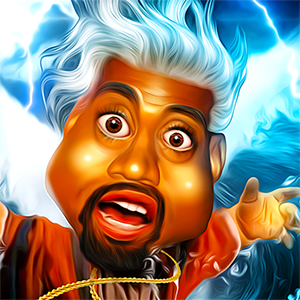
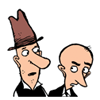
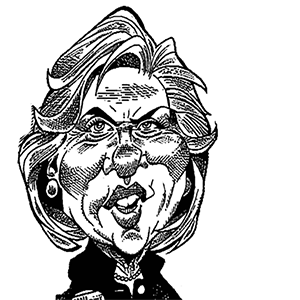
Comments